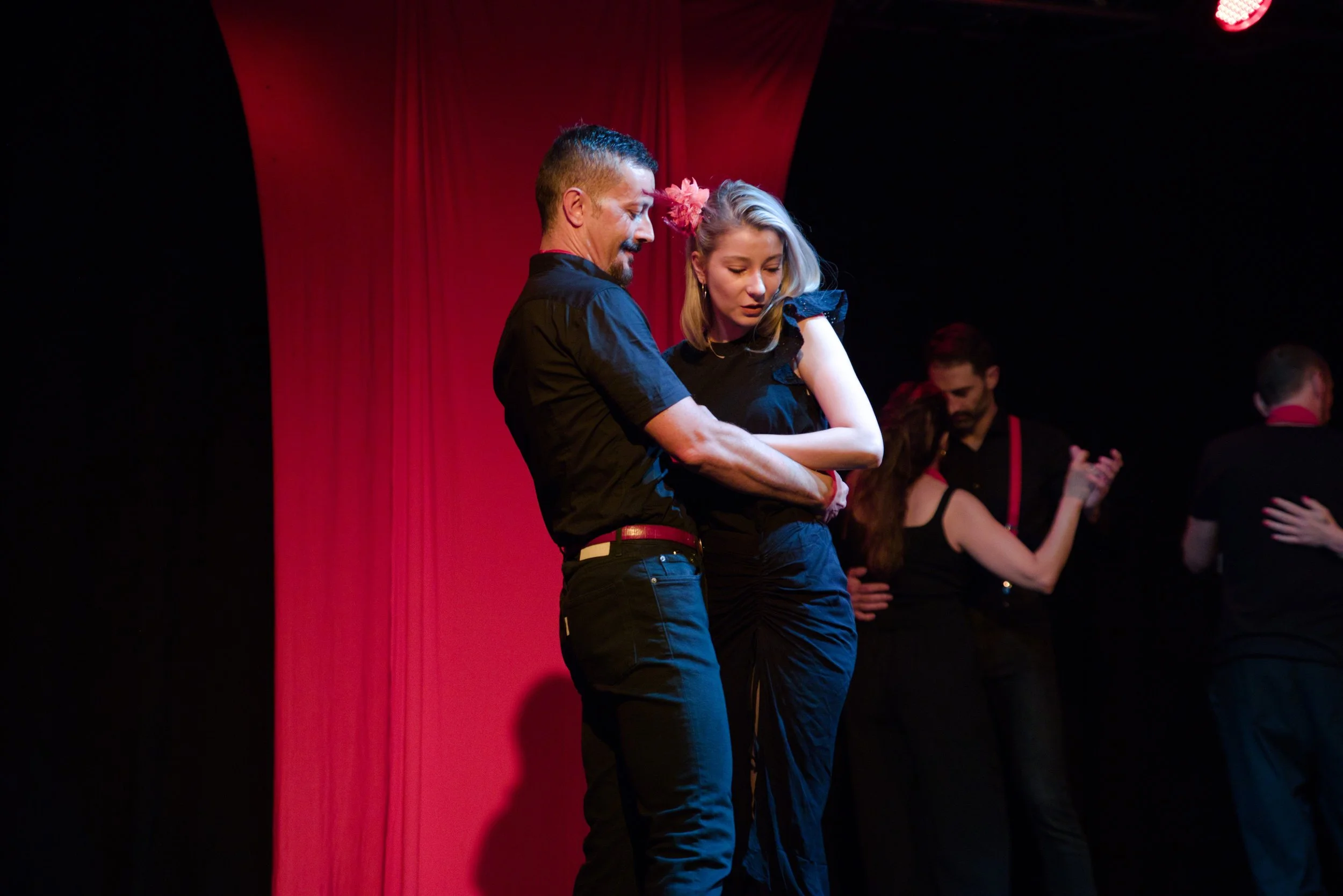The tyranny of light
The verb "to photograph" was invented during the nineteenth century from words of Greek origin, meaning "to write with light". The importance that light has on the picture being taken cannot be overstated; when natural light is the only possible source of light, photographic sessions are usually planned in advance in order to catch the best possible light for the shot, whether that might be dusk or dawn or an early morning light. Landscape photographers need to have a good knowledge of the territory they are willing to represent, and also a practical knowledge of natural phaenomena such as sunrise time, moon rising time, tides, and auroras. The good photographer will study the best moment in the day for the picture he would like to take, plan ahead, and hope the weather will hold and allow the best possible outcome.
Things are quite different on a stage, whether the event taking place is a play, a ballet or a concert. In such cases, the photographer is never in control of the lighting conditions and cannot anticipate or guess the lighting setup. The best action a photographer can take in order to be prepared for the show is following rehearsals and in particular the dressed rehearsal. The choice of lights is made by a director or lighting manager, with the purpose of adding mood to the action on stage for the live audience. Lights cannot be designed for photographic images, otherwise we would call the performance "cinema" instead of "theatre". It is important that directors use the lighting tools available to them to add meaning and depth to the action; the image being created on stage should have qualities that can be appreciated live, and not in pictures: for instance, a blinding light or a backlit scene or many different spots of colours are surely going to have a powerful impact for a live audience, yet will be difficult to represent in a picture. As a consequence, the photographer will often be in a position where lights are too dim or there is little contrast between actors and background, with the consequence that the pictures taken are less than optimal or even unpleasant.
But if directors will be directors, how can photographers produce good images in difficult lighting conditions? Let us look at an example of how a difficult lighting condition can be rendered as a good picture. The examples here are part of the pictures from "Sangue" by Officine Guitti. The title translates in English as “Blood”, and it is a collection of stories about love, passion, folly and violence. During all the play, the actors were literally bathed in a strong red light that sets a dramatic mood, but even if I am sure this is a good lighting choice, as a photographer I was concerned that the red light would strongly affect my pictures. I am focusing on the picture below because it is quite representative of some common difficulties found in stage photography.
Straight out of camera
By looking at the picture above, the red light looks overwhelming at first sight, yet all the shadow details are still visible, in particular the folds of her dress and of his trousers. The expressions of both faces are completely readable, their hair is in focus. On the whole, we might be looking at a good picture. On the negative side: the actors in the background are not completely distinct from the back wall and her arm is too bright so that some details are lost and will not be retrieved.
Let us try to set the white balance taking her dress as reference and see what happens (colour temperature=1830 K, hue=1.1).
Red light is almost canceled - colour temperature=1830 K, hue=1.1
It is clear that the red light can be almost canceled by finding the right colour temperature; all the skin tones appear more natural than before, for the characters in the foreground as well as for the ones in the background. I think this colour temperature is not the proper one because the light tones on her dress and his shirt appear bluer than I would expect. Now it is time to address a different question: am I willing to remove the red colour cast from the picture? I do not think this is the right choice for this picture because the second picture is much less dramatic than the original one, and completely lacks the sense of anticipation and impending danger the red light brings to the scene. I will try to find a happy medium between the two, for instance something like
Keeping a slightly red colour cast - colour temperature = 2100 K
... and desaturate the whole picture in order to retrieve some details.
Final choice, same colour temp as before, desaturating curves
This last image is the best I could come up with: the details in the foreground characters are there, the characters in the background are discernible (at least, more than before). Only defect still visible is the lack of details in her arm, but this cannot be helped in any way because of the original picture was too bright in that particular spot. The picture was deliberately underexposed by one stop, but this was not enough to prevent bright spots in some areas of the frame.



